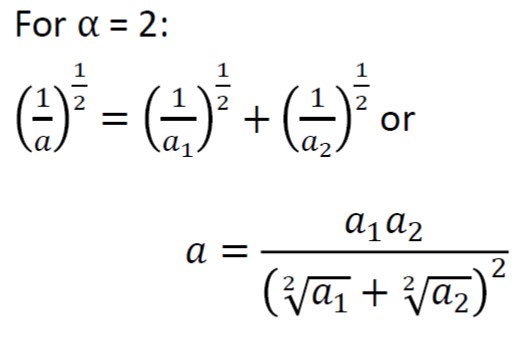To my previous blog, proving that EM power can only exist in motion with a speed of light, one might react with a question: What about Static EM fields?
(cf. the Static Fields rubric on the wiki page about Poynting Vector: https://en.wikipedia.org/wiki/Poynting_vector)
The corollary of the proposition proven earlier is that there is NO static fields per se.
Of course we need to say what we mean by ‘static’ here. Well static means – Not moving! A common online English dictionary defines static (adjective) as follows: lacking in movement, action, or change, especially in an undesirable or uninteresting way.
So, I then have the full right to surmise that Static fields do not move with speed of light according to this definition. So, there is a contradiction with the proof. Therefore, the only way to resolve it is to conclude that Static Fields DO NOT have the right to exist!
Indeed, what is believed to be static is actually a superposition or contrapuntal effect of normally moving fields (Poynting vectors to be precise), where their stepping or pulsing effects are not visible. A normal illusion due to superposition.
One might ask but what about for example a cylindrical capacitor shown on //en.wikipedia.org/wiki/Poynting_vector ?
The answer is that – just the same thing – the are at least two power flows of ExH form there – like two conveyor belts of sheaths moving against one another, where the H (magnetic components are superposed and show the cumulative effect of H=0). Just short-circuit this cylinder from at least one edge, and you will see the effect of transition (redistribution) of the magnitudes of E and H so that the total amount of power ExH crossing the spatial cross-section will remain the same.
So Static Field (as being static in the sense of the above definition) is an illusion – just another H G Wells’ Invisible Man visiting us!

